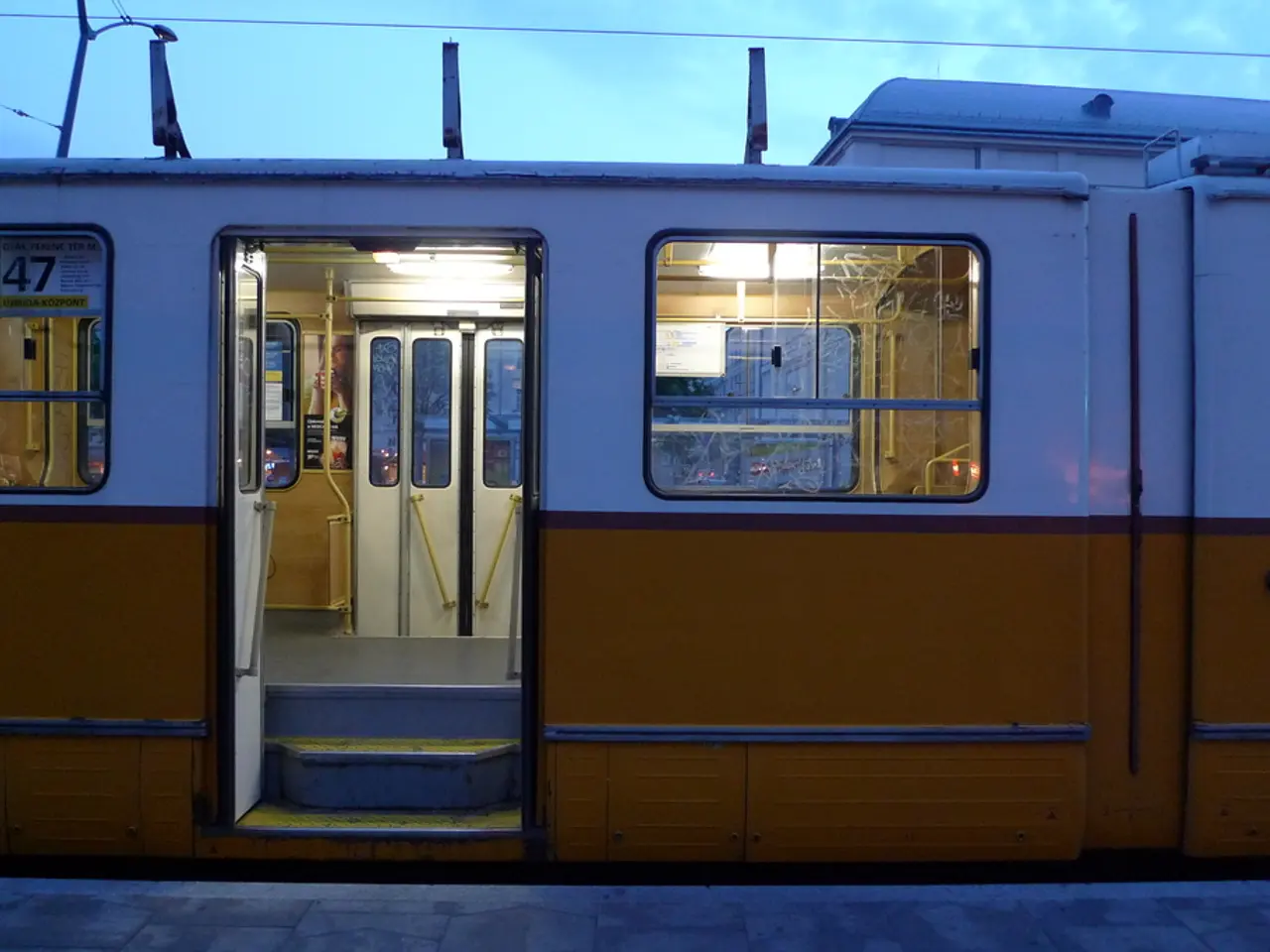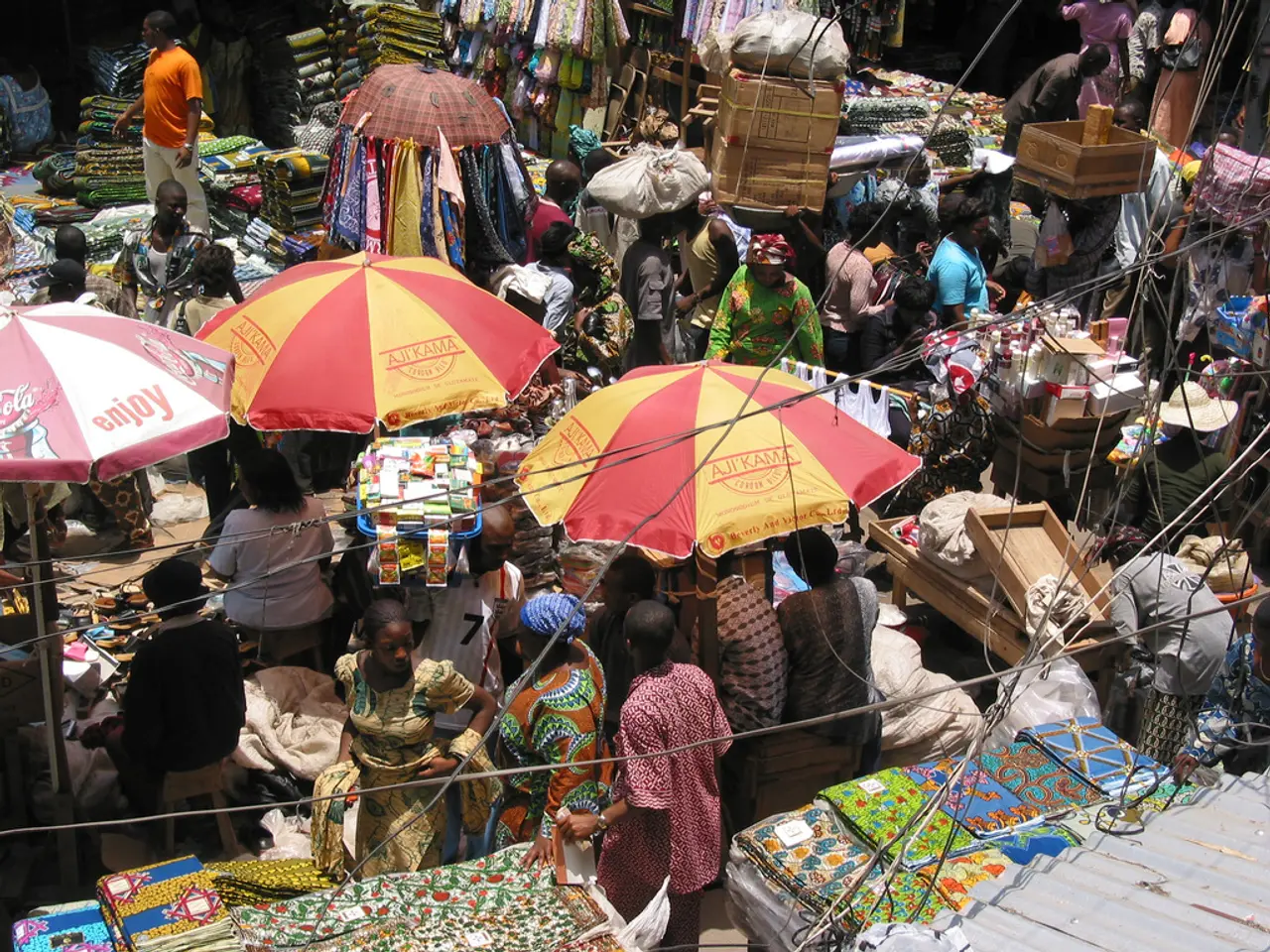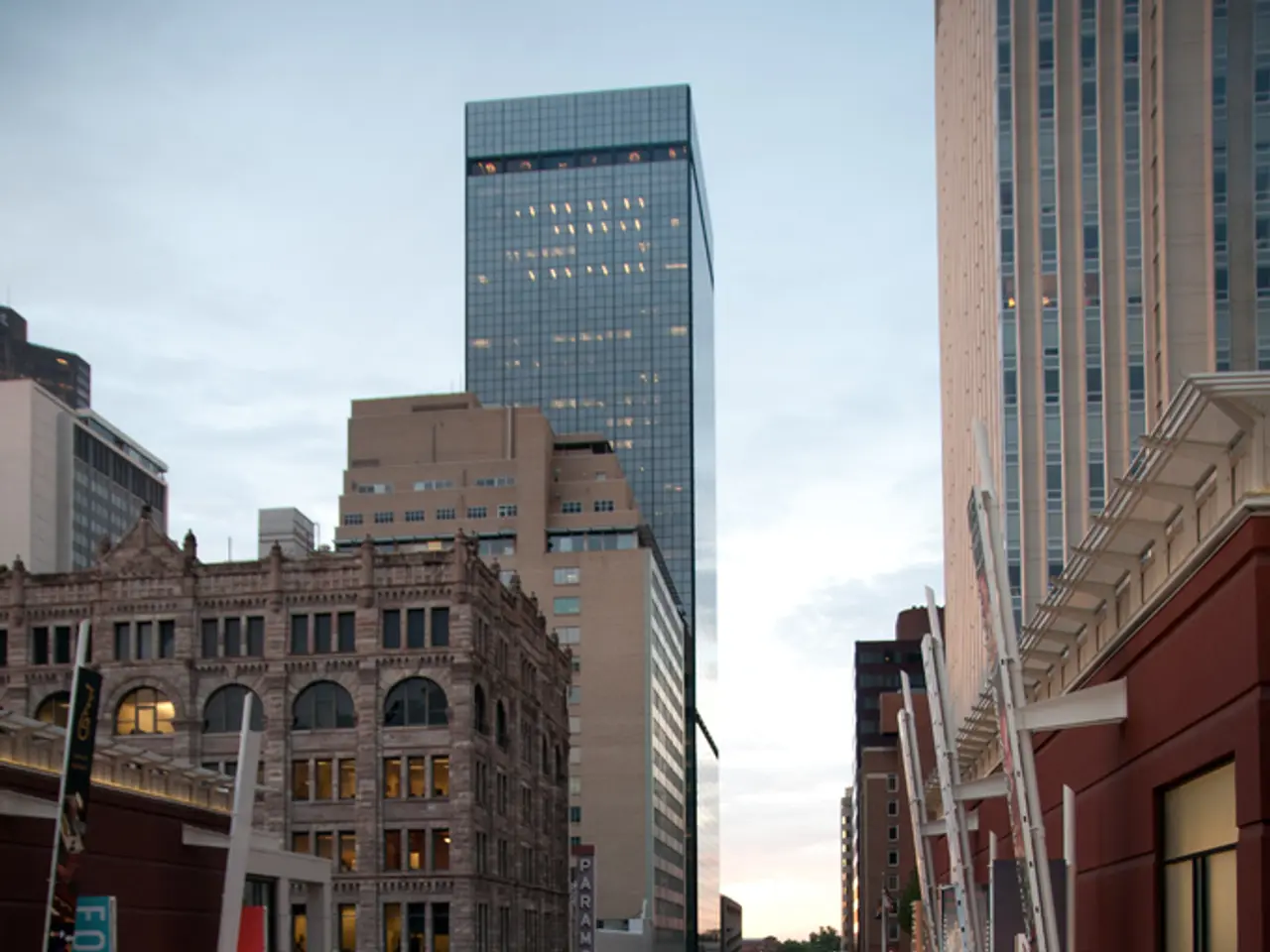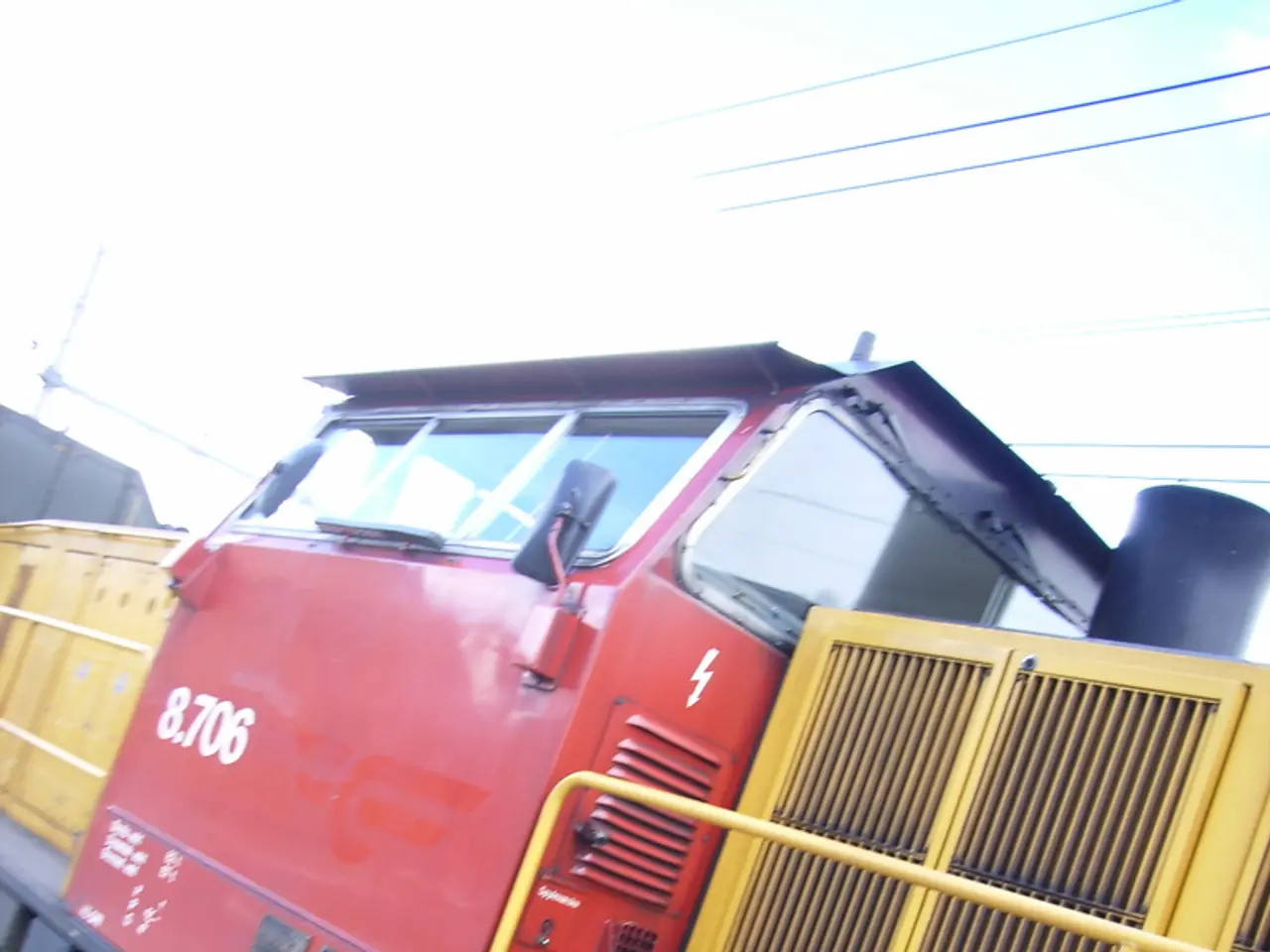Kolkata Metro's New Cooling System Set to Reduce Annual Water Consumption by 180 Million Liters
Kolkata Metro to Save 180 Million Litres of Water Annually with Chiller Transition
The Kolkata Metro Railways is set to make a significant stride towards water conservation by transitioning from traditional water-cooled chillers to air-cooled chillers in 11 out of the 15 underground stations on the Blue Line. This shift, scheduled to commence in 2026 and expected to be completed by 2029, will save approximately 180 million litres of groundwater annually.
The Blue Line, the oldest metro corridor in India, was commissioned on October 24, 1984, and currently runs between Kavi Subhash and Dakshineshwar, covering a total of 31.3 km. The current cooling system of the Blue Line uses water-cooled chillers, but this is set to change as part of a larger effort to conserve water resources.
A study published in the international journal Springer Nature in 2022 reported a significant trough had formed in Kolkata due to over-withdrawal of groundwater. This depletion has been a concern for environmental experts, with Abhijit Mukherjee, professor at Environmental Science and Engineering at IIT Kharagpur, stating that the depletion of Kolkata's groundwater has been arrested over the past decade due to the city reducing its dependency on groundwater and relying primarily on surface water.
The Union government has sanctioned ₹150 crore for this transition, and tenders for this change have already been opened and are being evaluated. The gradual lowering of groundwater levels in Kolkata is triggering subsidence in the city, according to the same study. By conserving water through this transition, the Kolkata Metro Railways aims to mitigate these effects and contribute to the city's overall water conservation efforts.
While 180 million litres may not seem like a significant amount for a large city like Kolkata, any conservation efforts are always welcome, according to Mukherjee. This transition will result in savings equivalent to filling over 70 Olympic-sized swimming pools, a significant contribution to the city's water conservation goals.
The work to shift from water-cooled chillers to air-cooled chillers on the Blue Line of the Kolkata Metro Railways is a step towards a more sustainable future for the city. With this transition, the Kolkata Metro Railways joins the global movement towards reducing water consumption and protecting water resources.
- The Kolkata Metro Railways' switch from water-cooled to air-cooled chillers in select stations is part of a larger government-supported initiative to conserve water resources in India.
- The State-of-the-art air-cooled chillers are expected to save approximately 180 million liters of groundwater annually, a significant contribution to Kolkata's water conservation efforts.
- The Union government has provided a budget of ₹150 crore for the transition, demonstrating their commitment to environmental protection and the conservation of water resources.
- The transition to air-cooled chillers will not only help Kolkata Metro Railways mitigate subsidence issues due to groundwater depletion but also align with global efforts to reduce water consumption.
- This shift in cooling technology signifies India's growing focus on environmental science and the integration of sustainable practices in the transportation industry.
- The savings from this transition could fund essential public services, emphasizing the importance of efficient water usage and the role of environmental science in financial decision-making for a more environmentally friendly metropolis like Kolkata.




